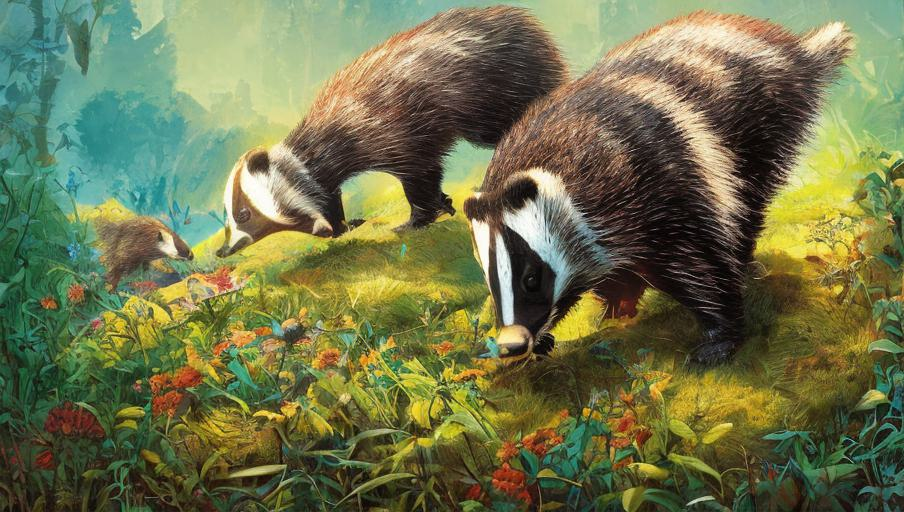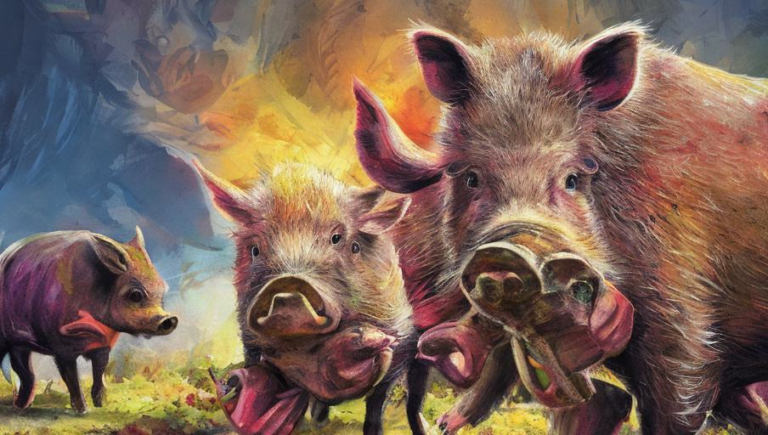Determining the Badger’s Population

An Overview of the Badger
The badger is a small mammal native to Europe, Asia, and North America. It is part of the weasel family and is characterized by its thick fur, short legs, and striped or black-and-white patterned coat. Badgers are known for their strength and ferocity, and they have been known to take on larger predators like bears, wolves, and even humans. They are omnivorous, meaning they eat both plants and animals, and they have an important role in controlling rodent populations.
Threats to the Badger Population
Badgers are facing several threats to their population numbers. Habitat destruction, hunting, and persecution are all contributing to the decline in badger numbers. Badgers are also vulnerable to diseases, such as rabies. Additionally, badgers can also be killed by vehicles as they search for food along roads.
Conservation Efforts
In Europe, the badger is a protected species, and hunting and killing badgers is illegal. However, conservation efforts for badgers are still not enough. Badgers are still being killed by hunters and are vulnerable to habitat destruction and disease.
Population Studies
To determine the badger’s population, scientists use a variety of methods, such as tracking badgers with radio collars, counting badgers in their burrows, or using camera traps. These methods allow scientists to accurately determine the population of badgers in an area.
Conclusion
The badger is an important species that is facing a number of threats that could lead to its decline. Conservation efforts are needed to ensure that the badger population is kept at a healthy level and that their habitats are protected. Population studies are also important for determining the badger’s population numbers and helping to inform conservation efforts.





